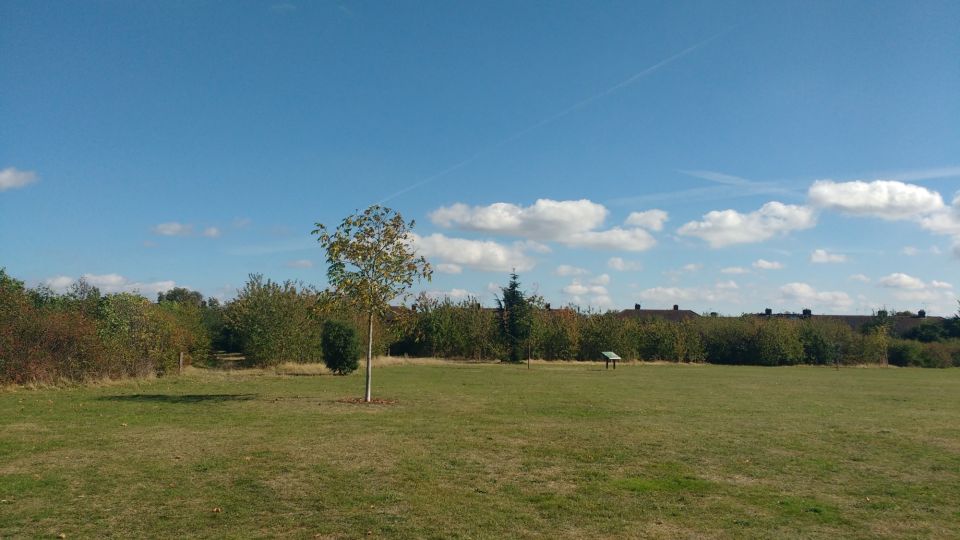Breakthrough Step Forwards in Monitoring Past Projects

We’ve been planting woodlands in London for over 25 years - but what exactly has our long-term impact been? With new research, we’re able to take stock and look at the establishment and health of these trees in the first chapter of their lives.
To achieve this, we have been working with researchers from the Department of Geography at University College London (UCL) to use remote sensing to monitor a sample of 20 large woodland sites in London - where we’ve been involved in tree planting projects since 1999.
Remote sensing has allowed the researchers at UCL to rapidly collect data without individually visiting each site, and to look at woodland health year on year, using open-access satellite imagery. NDVI, or Normalised Difference Vegetation Index, is widely used in monitoring forests and has been correlated with forest cover and health.
So how does it work?
NDVI values calculated in this analysis were validated with field visits looking at the status, diameter and height of trees, LiDAR (laser light measurement) looking at tree heights and visual analysis of sites using Google Earth Pro. The woodland sites NDVI values were compared to amenity grassland and succession urban woodland NDVI values as controls.
What did we find?
Over time, the majority of the sites saw that the NDVI values were low in the early years of establishment, but then increased to a healthier level similar to Hampstead Heath, which as an example of an established urban forest in London was used as the succession woodland control in this study. This is an initial indication that most of our larger planted woodlands - around 90% - are healthy and well established. Good news, in other words!
Whilst we recognise that this is one of many indicators of forest health - as urban forests perform multiple functions - this represents a breakthrough step forward in our monitoring of past projects.
Cat Walker, Trees for Cities’ Impact Coordinator
Next year, we plan to continue working with researchers to extend this analysis to our other UK and international projects, as remote sensing enables us to monitor the progress of projects across the globe. We’ll also further explore the use of other sensors and forest health indicators.
Combined, this will help better inform our urban tree planting practices, as we continue to bring trees and green spaces back into our cities.
Donate to Trees for Cities and together we can help cities grow into greener, cleaner and healthier places for people to live and work worldwide.
Donate